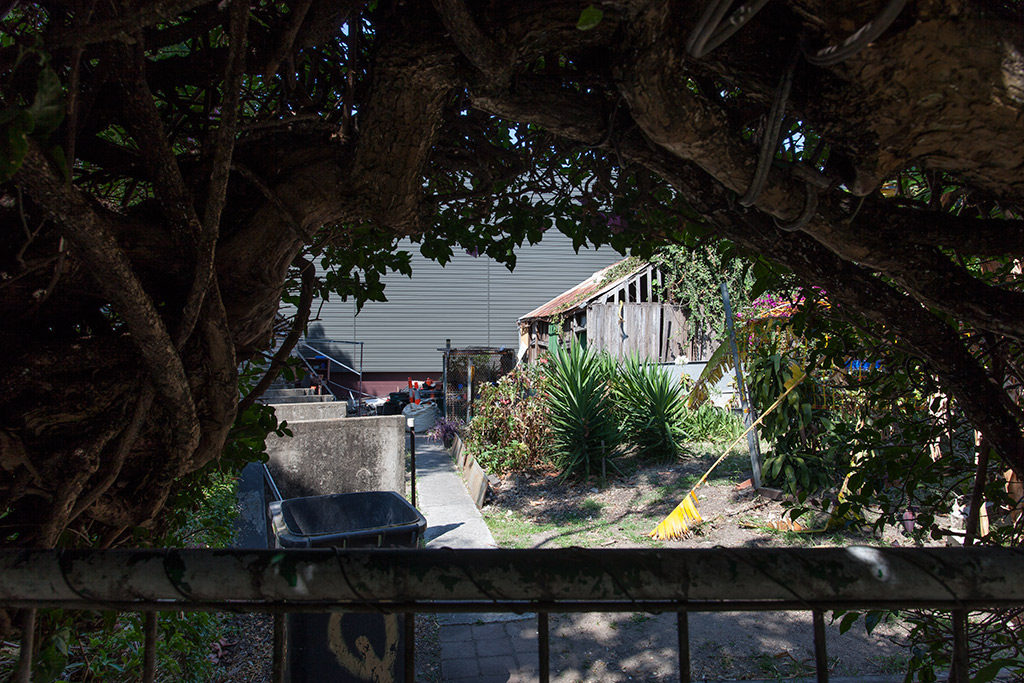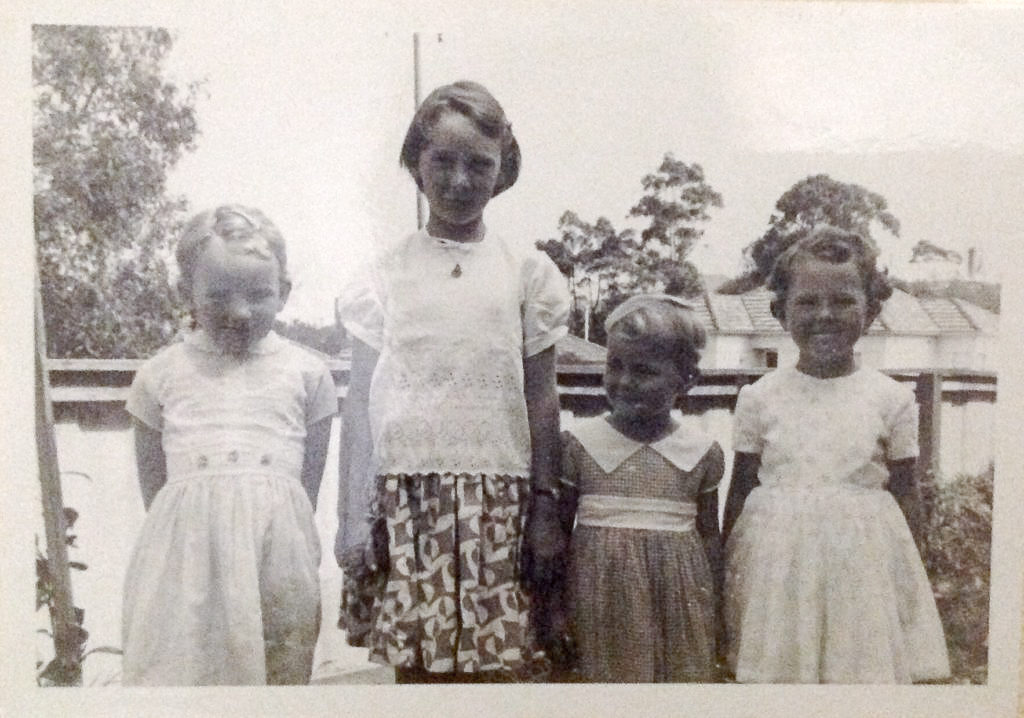The Old Museum gardens are unique amongst Queensland’s institutional and public gardens in having a gardens maintenance and support area still on site and in operation. This area includes propagation facilities and potting tables, shade houses, compost facilities, and gardener’s storage and facilities building. This is a rare occurrence in Australia and an area that should be highly valued and kept intact and in operation.
Through the 20th century, the gardens had its own gardeners who were based at the gardens and worked from their yard and the bush house there. As well as maintaining the gardens and lawns, they propagated all the plants used for the seasonal changing displays in the beds. It should also be noted that there were generally not generous or even sufficient funds for the gardeners to undertake all they would have liked to do for the gardens. The lack of funds for new plants led from the early part of the 20th century to the gardeners collecting seed from their plants, taking cuttings and propagating and growing on the plants to meet the different garden beds displays. These gardening practices and traditions involved a considerable amount of work for the gardening staff.
It seems highly likely that the primary reasons these gardens remained generally intact and one of the finest gardens in Brisbane through the 20th century was the continuity of the gardeners, their attachment to this special place, the practices they passed on to the following gardeners, and the lack of funds to generate changes and extensive plant changes.
All the gardeners at the Old Museum Gardens were not recorded in the past studies. It would be wonderful to complete the list. Gardeners included: Ray Priest, Dave Dowdless from 1966, Col Harmon (who had been the head gardener at the Yungaba Migrant Centre, and retired in 1970), David Hockings there from 1970, Jack Kennedy head gardener, who passed on to Ted (Dude) Neilsen there from 1966 to 1979 and head gardener for 5 years, and John England.
In 1989 and 2000 when I was part of the team preparing the Old Museum Gardens conservation study I met the gardeners who were still working in the gardens, and contacted a couple of the retired gardeners. Col Harmon told me of the gingko tree that used to grow near the entrance to the bush house. It was 10 to 14 metres high and an original planting in the list of plants at the place prepared by Frederick Manson Bailey, the Queensland government botanist at the turn of the century.
Ted Neilsen recalled the large Moreton Bay fig tree which grew just near the lawn near the corner of the old fernery, the fishpond, and the round garden under the present demountable building. He also told of the seed beds being in the open where the spirit store building is now, and recalled the fine garden along there comprising a hedge along the fence, a line of alternating frangipani trees and palms with annuals displayed along the garden frontage. He had tended the historical beds of annuals removed for the dinosaurs, and the roses. He told me that “dozens came daily just to look at the roses”.
John England told me about the paths always being asphalt with tile drains or a raised timber edge, that he planted the macadamia tree in the lower garden, the bougainvillea hedge near the potting shed was “always there”, and there were two timber slatted ferneries—one open to the public—and much more about the gardens and the plants now gone but which were there through his time as gardener in this very special place in Brisbane.

The gardeners’ work area, November 2013




Recent Comments